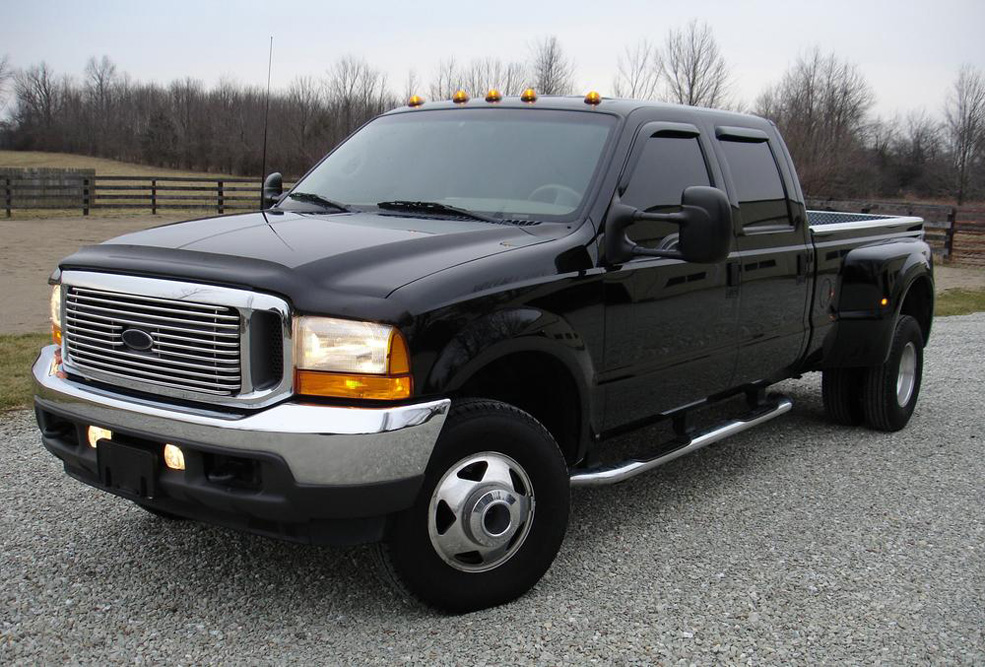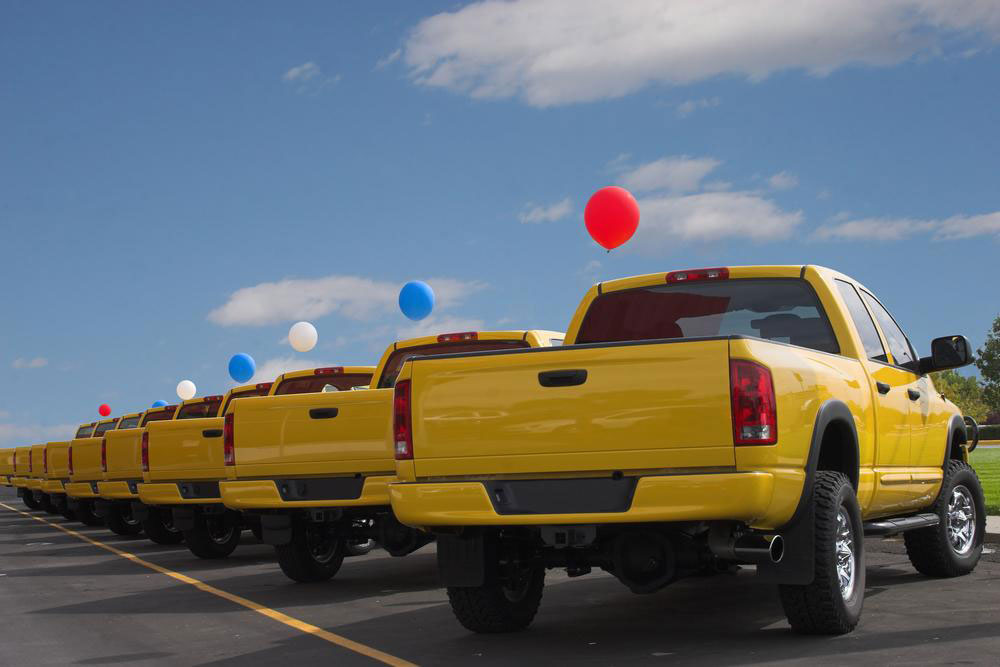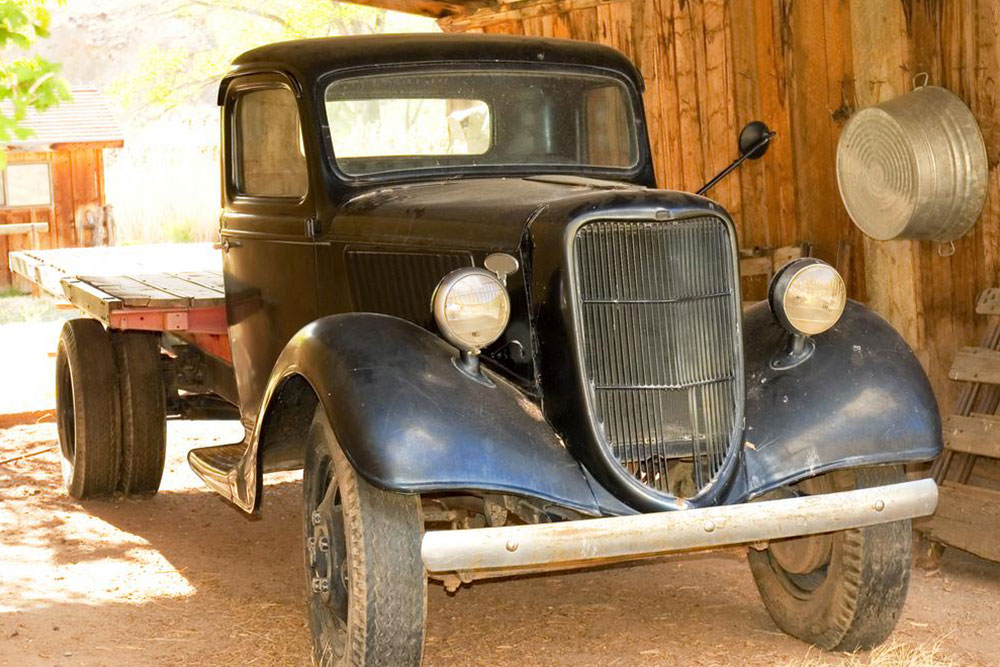Celebrating a Century of Classic Chevrolet Trucks: Icons of Innovation and Style
Explore the rich history of Chevrolet's iconic trucks, including the legendary 1947 3100, stylish Cameo, luxurious Cheyenne, versatile C/K series, and pioneering Suburban. Discover their design evolution, significance, and current availability for enthusiasts and collectors alike, reflecting a century of automotive innovation and American craftsmanship.

Timeless Chevrolet Trucks That Defined an Era
Over the past century, Chevrolet has built a formidable reputation in the automotive world, especially in the truck segment, producing vehicles that combined durability, innovation, and style. From the post-World War II boom to the modern era, Chevrolet’s lineup includes some of the most iconic trucks that have not only shaped the industry but also become collector’s favorites today. Whether for restoration, investment, or simply admiring automotive history, many vintage Chevrolet trucks are still available for purchase, capturing the spirit of a bygone era.
1947 Chevrolet 3100: The Beginning of Post-War Chevrolet Innovation
The year 1947 marked a significant turning point for Chevrolet as it introduced the 3100 series, a truck that symbolized America’s recovery and economic resurgence after World War II. Despite interruptions caused by wartime manufacturing delays between 1942 and 1945, Chevrolet managed to unveil a model that combined modern aesthetics with practical functionality. The 1947 Chevrolet 3100 was built with an emphasis on improved design and engineering, setting a new standard for pickup trucks of its time. It featured updated styling elements such as a curved, tinted windshield, integrated fenders, and larger cargo beds for increased utility. The vehicle was available with three engine options, including a reliable six-cylinder engine renowned for its durability, which soon made it a favorite among American consumers. Its robust build and improved payload capacity allowed it to outperform many competitors, cementing its status in automotive history.
The 1947 Chevrolet 3100 was more than just a workhorse; it represented a new era of truck design emphasizing strength and reliability. Its straightforward yet stylish appearance laid the foundation for future models and inspired a generation of truck enthusiasts and collectors.
1955-1958 Chevrolet Cameo: The Style Icon
The Chevrolet Cameo, produced between 1955 and 1958, stands out as one of the most aesthetically striking pickups in automotive history. This truck redefined what a pickup could be by combining rugged utility with sleek, stylish design. Its wide, strong truck bed set new standards for load capacity without compromising on appearance. The Fleetside body style, introduced during this era, became especially popular and remains a sought-after design today. The Cameo’s elegant curves, chrome accents, and distinctive grille made it a standout on the road, appealing to both workers and professionals who wanted a vehicle that was both functional and fashionable.
1967-1972 Chevrolet Cheyenne: The Luxurious Workhorse
The Chevrolet Cheyenne, introduced in 1967 and produced until 1972, epitomized the evolution of trucks by blending luxury features with rugged performance. Designed to attract the more discerning buyer, the Cheyenne was equipped with an insulated, carpeted interior, premium upholstery, and advanced dashboard features, providing a level of comfort previously unseen in trucks. Under the hood, it featured powerful V8 engines and a sturdy chassis capable of handling tough workloads. Additionally, modern safety features like front disc brakes enhanced its appeal. The Cheyenne’s aesthetics combined robustness with style, making it stand out from utilitarian trucks of its time. Despite its relatively short production run, it left a lasting impression on enthusiasts and collectors worldwide, symbolizing a shift towards more refined and comfortable pickup trucks.
Chevrolet C/K Series: The Decade of Innovation
Launched in 1960, the Chevrolet C/K series marked a significant milestone in pickup truck design and engineering. It introduced a range of innovations, including redesigned bodies, improved chassis, and more efficient engine options. One of the most notable features was the inclusion of the revolutionary 4-wheel drive system, which enhanced off-road capability and versatility. The series was offered in various configurations, from light-duty to heavy-duty models, catering to a broad customer base, from everyday consumers to commercial enterprises. The lineup was powered by robust V8 engines, delivering the performance needed for demanding tasks. The C/K series was highly popular throughout the 1960s, earning a reputation for reliability, durability, and adaptability, and it set the stage for future generations of Chevrolet trucks.
1973 Chevrolet Suburban: The Pioneer of Modern SUVs
Since its debut in 1935, the Chevrolet Suburban has been a symbol of space, durability, and versatility. The 1973 Suburban exemplified these qualities with an expansive interior capable of accommodating up to nine passengers comfortably. Built on a sturdy steel body and a half-ton chassis, it was designed to handle both family transportation and heavy-duty hauling. Its rugged, elongated appearance made it the largest station wagon of its era, embodying the modern SUV concept long before the term became popular. The Suburban’s reliability and practicality have made it a continuous favorite among families, outdoor enthusiasts, and commercial users alike. Its longstanding presence in Chevrolet’s lineup demonstrates its significance as a versatile and enduring vehicle that has evolved over decades but retained its core identity of resilience and large capacity.
From vintage restorations to modern collector markets, these classic Chevy trucks continue to hold cultural and monetary value. They symbolize innovation, durability, and American craftsmanship, appealing to enthusiasts across generations.





